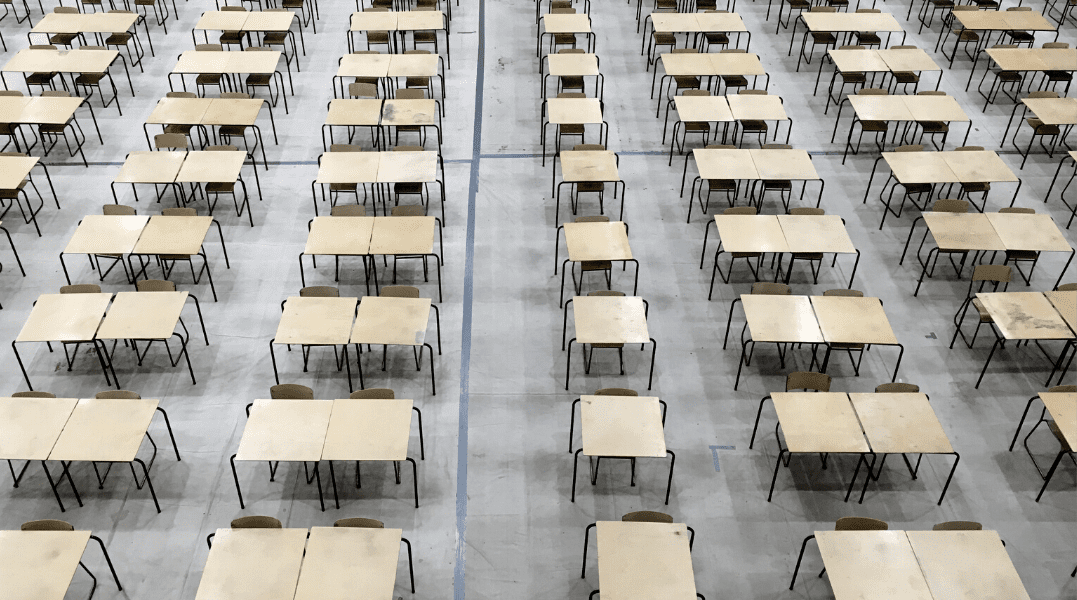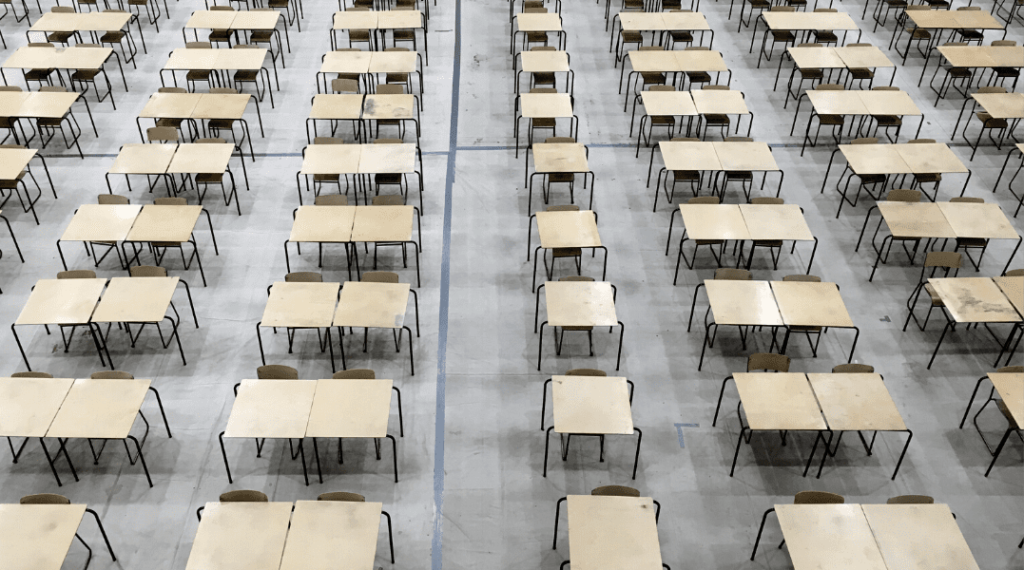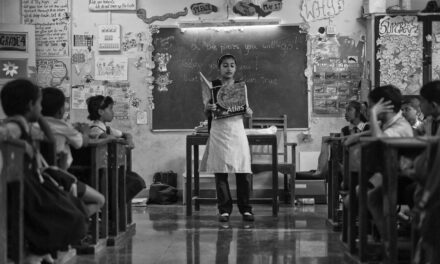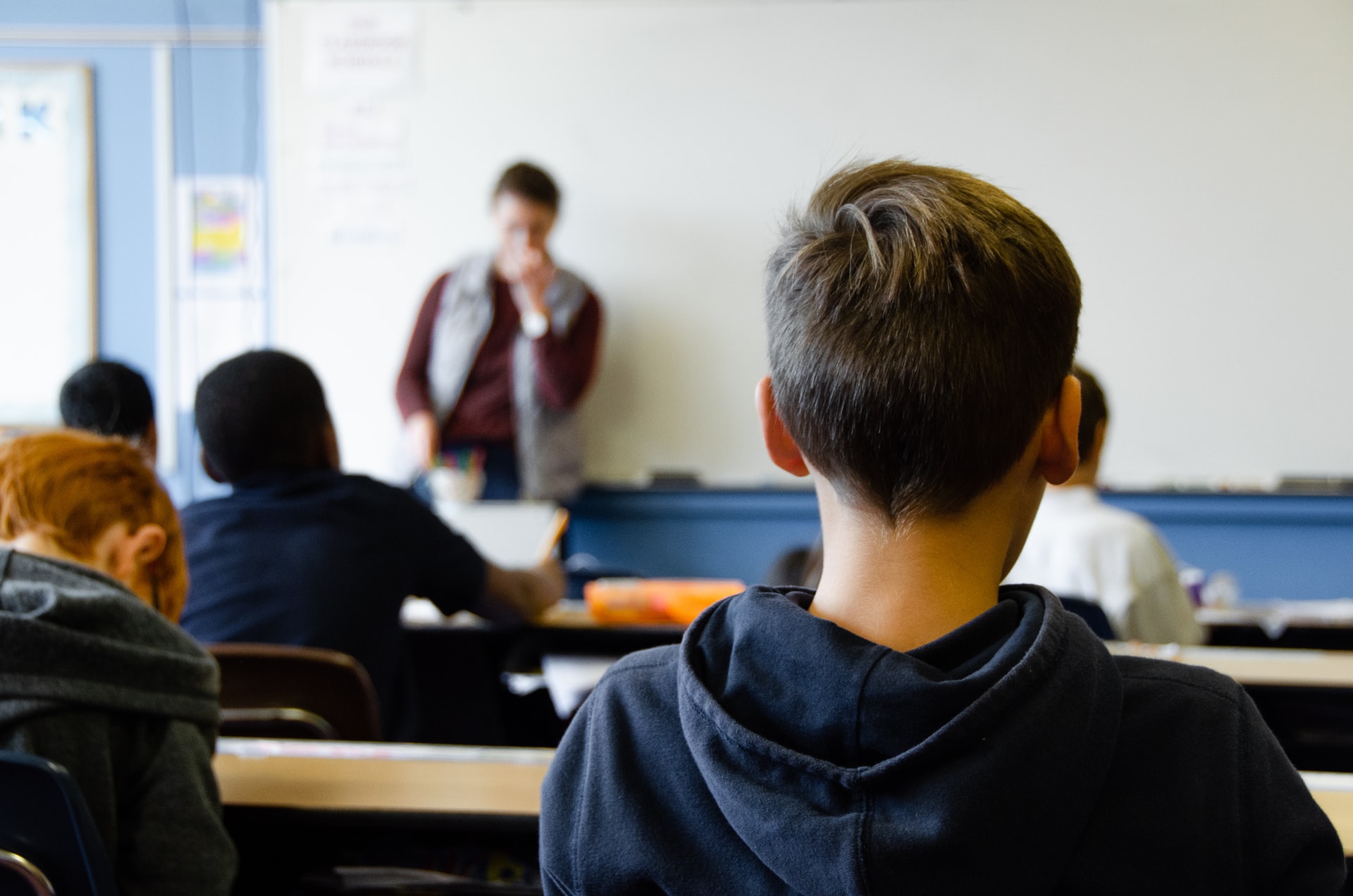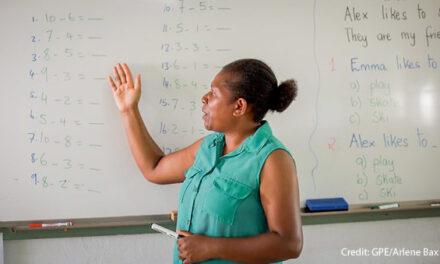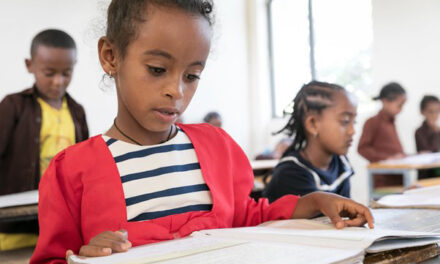This article was written by Professor Anna Vignoles (Professor of Education, University of Cambridge) and Professor Simon Burgess (Professor of Economics, University of Bristol). This article was originally commissioned and published by the Campaign for Social Science as part of its Covid-19 programme. It was originally published on the Campaign for Social Science website on 20 May 2020.
Younger generations will pay a heavy price for our response to this virus. First, their educational opportunities and attainment are being affected by lockdown, variable home-learning facilities, and changing assessment methods. Second, leaving school in a recession is always harder, and the coming recession is likely to be worse than for many years.
Whilst the health impact of COVID-19 on older people is more severe, young people are vulnerable educationally and in their long-term employment prospects. The crisis will lay bare the already stark inter- and intra-generational inequalities in educational attainment that are a feature of the UK.
Learning loss from school closures
The decision to impose a school lockdown has been taken in most (but not all) countries, and is the result of weighing the health risks to pupils (and their families) and teachers against the loss of skills and growing inequalities. With schools shut, the plan was for learning to take place remotely. But the amount of time children are spending on school-work varies enormously both by school and by parents’ ability to support remote schooling. Recent work from the UK, Ireland, and the Netherlands all illustrate the factors behind growing educational inequality.
It is difficult to quantify the extent of the likely attainment loss. Extrapolation from studies that have looked at differences in the number of hours of instruction a pupil receives in different countries may guide us. Lavy found an additional hour of instructional time in a subject per week over the school year was associated with a gain in test scores of 6% of a standard deviation. Carrlson also estimates the impact of more days to prepare for a test. This is relevant to the current crisis as most pupils are not receiving the same hours of schooling remotely that they did face to face, irrespective of the quality.
Burgess and Siervertsen highlight that if students lose 3-4 hours of each main subject per week for a term, this would equate to about an hour over the academic year, i.e. 6% of a standard deviation. The actual loss of learning will vary by context, depending on what schools and families have been able to provide.
We also know that the earlier years of a child’s life are pivotal for their development, and investment during this time is particularly valuable, in terms of improving their cognitive and non-cognitive skills. Hence the negative impact from a lack of face to face school provision is likely to be particularly large for younger children.
Learning loss will be worse for socio-economically disadvantaged students. Household income and family environment are major determinants of children’s academic achievement in normal circumstances. Socio-economically advantaged parents also tend to compensate for any deterioration in schooling to a greater extent. A recent Sutton Trust survey suggests that during this crisis 44% of middle class parents are spending more than 4 hours a day on home schooling. One third of working class parents are doing so. Andrew et al report similar findings: children in the richest quintile of families spend over 75 minutes per day more on school work than children in the poorest quintile of households.
This quickly accumulates: over the (at least) 34 days that schools will be closed, this difference adds up to more than seven full school days. For some year groups, particularly those nearing end of schooling, this might have major impact on their attainment.
Post compulsory education
Even in normal times, the 50% of students who do not go on to university are less likely to find a good job and more likely to have lower wages. Of course this crisis has taught us that many of those low wage jobs are also hugely socially valuable. So policymakers should not measure success by what people earn in the labour market. That said, the group who leave school with very low level qualifications will find it particularly difficult in this tumultuous labour market.
The labour market prospects of students will vary hugely depending on what qualifications they get. It is perhaps striking that the vocational qualifications with the greatest firm involvement, such as apprenticeships, are some of the most economically valuable. Given the financial hit to firms, and the fact that many have had to suspend their apprenticeships, this is a route that will be badly affected by the COVID crisis. It is imperative that we support firms to restart their training. Unfortunately training in the UK is pro cyclical: firms train less in bad times. So policy intervention will be essential.
For students who would normally be university bound, there are still problems. The fear is that, despite the poor labour market which should encourage students to remain in education, there will be a sharp decline in students going on to HE in 2020/21 due to safety fears or unwillingness to undertake remote learning.
However, the main concern is that students from poor backgrounds may miss out. First, their A level grades may be negatively affected because COVID has meant that teacher judgement will play a major part in the grade they are awarded, and there is evidence that teachers under-estimate grades of poor students.
Even if universities are willing to accept students with somewhat lower grades (given spare places due to the decline in international student numbers), being awarded a low grade may affect the motivation of such students to progress. But the bigger issue is that poorer students are more likely to fund their studies with paid work. Many work in the sectors that are being hardest hit.
More positively, with empty places at universities this is an opportunity for students from lower income backgrounds not only to go to university but also to attend a higher ranked institution than they might otherwise have done. This could be an opportunity to widen participation,
Policy options
So what can policy do? Interventions are needed to support socio-economically disadvantaged pupils and those who have fallen behind academically. The decision on when schools should return is both complex and emotionally charged. As well as the obvious health risks, each additional month of sub-optimal learning is likely to widen the socio-economic gap in achievement, over and above any loss for the whole cohort.
Younger years should be prioritised, given the importance of the earlier years. Additional support on return to school will be required to address learning loss. Small-group tuition has been found to be effective, but it is expensive, and the pupil premium paid to schools to support disadvantaged children would have to be supplemented.. We also need to be mindful that a far greater number of students will now be in families with economic difficulties.
The FE and HE sectors need to communicate strongly that they are open next year and undertake outreach to encourage disadvantaged students to continue their studies.
Government needs to work with firms to find ways to continue apprenticeships or to move them in the case of firm failure. We need to invest in the post-compulsory schooling of these vulnerable cohorts, targeting the most disadvantaged students. We know that the long run negative scarring effect from leaving education during a recession is significant, and we should encourage students to shelter from the worst of it in education and acquire useful and productive skills as they do so.
These policy solutions imply increased spending in an era when government finances are going to be tested. Despite this, investing in the human capital of the young should be central to any economic recovery plan. However, the socio-economic gap in educational achievement was large and persistent before the pandemic, despite attempts to reduce it. This is because drivers of the disparity in achievement have worsened, e.g. child poverty. COVID-19 has brutally revealed the health inequalities in our society, so too it illustrates the educational ones that have arisen for similar reasons. Perhaps this unprecedented crisis is a time to rethink how we go about reducing deeper economic inequalities that underpin these problems.
Visit the hub of the social science community’s response to COVID-19

